class iii rapids video
May require significant maneuvering. Drove truck for 16 years and piloted 100-ton commercial ships in the Gulf of Mexico.
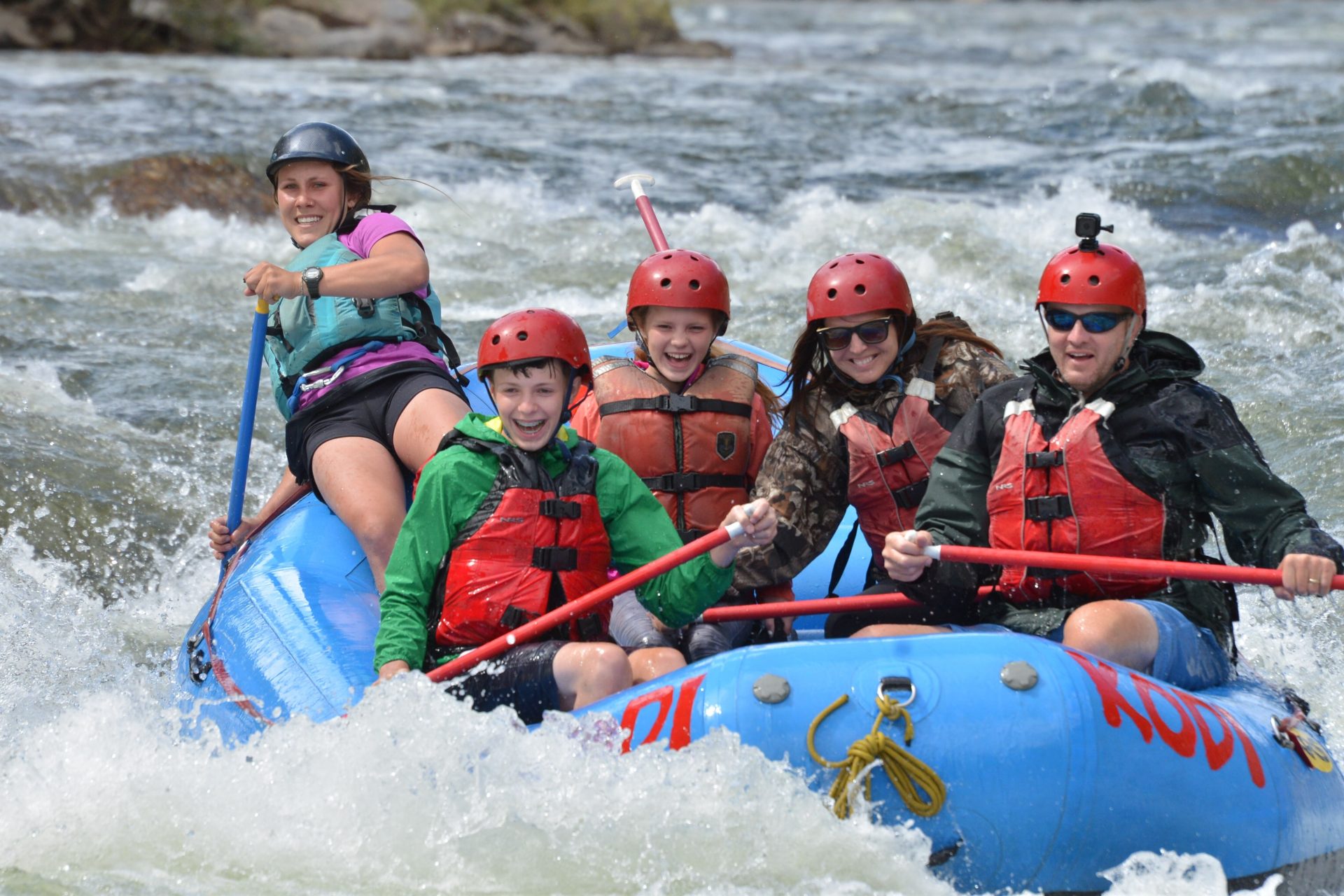
Class 3 White Water Rafting Colorado Kodi Rafting
Strong eddies and powerful current effects can be found particularly on large-volume rivers.
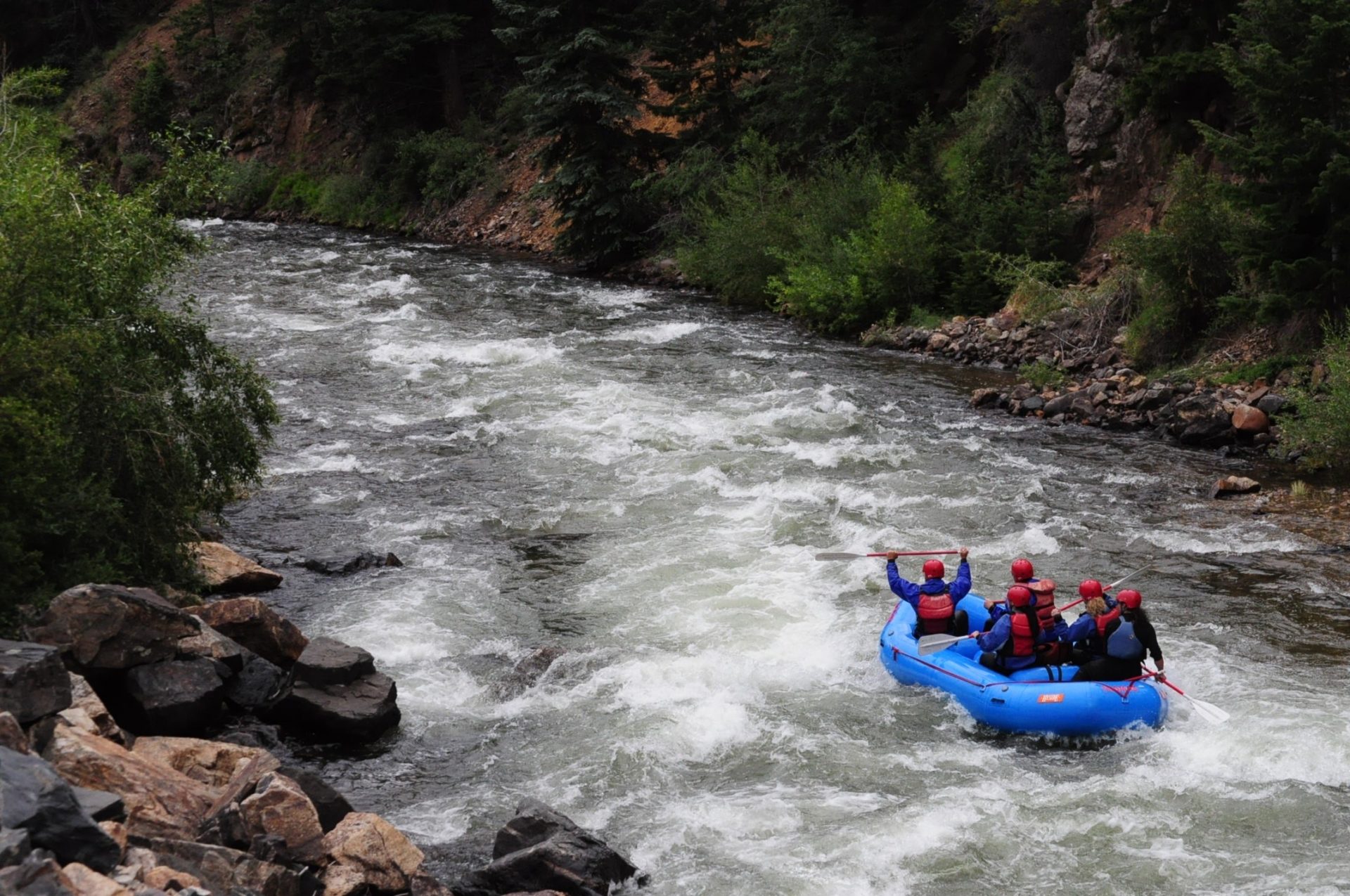
. Class II rapids are considered novice level with straightforward rapids that have wide clear channels evident without scouting. Class IV big drops will jump-start your heart as you paddle through the intense whitewater. The fun rapids and easy access make it an ideal run and repeat scenario.
Class 6 rapids are considered hazardous even for expert paddlers using state-of. Class II splashes will get your legs wet just over the side of the boat. The upper limit of what is possible in a commercial raft.
Rapids with moderate irregular waves which may be difficult to avoid and which can swamp an open canoe. Class II III rapids can create waves ranging from 1-5 feet making sure your adrenaline gets pumping. Extremely difficult long and very violent rapids with highly congested routes which should be scouted from shore.
Class IV is a difficult stretch of river. Has established ability to run difficult Class III and Class IV rapids in bow or stern of a tandem craft. Davidson River NC.
Currents hydraulics will feel stronger possibly channeling between brief narrow passages such as boulders or a cliff wall. The classes of rapids are I II III IV V and VI. These NOLS students navigate a Class III rapid for the first time on the Whitewater River Expedition in Desolation Canyon Utah.
Class I moving water will let you comfortably float down the river. Enjoy the perfect blend of thrilling rapids and calm waterideal for families looking for a. Class V - Leader.
If youd like to experience a higher level of family excitement book our Arkansas 12 day or full day trip with Kodi at our Buena Vista location or the Clear Creek Canyon trip departing from Idaho Springs to enjoy class III rapids. Class III Rapids Video. Whitewater medium waves maybe a 35 ft drop but not much considerable danger.
Whether this is your first time rafting or youre a white water junkie the Class II III rapids of the French Broads section 6 are sure to give you a thrill. This shows how fast the water was going. Give us a call at 1-800-370-0581 today.
Strong eddies and powerful current effects can be found. Class III Intermediate. Whitewater large waves long rapids rocks maybe a considerable drop sharp maneuvers may be needed.
Paddlers often need to use complex maneuvers and good boat control through tight passages. The rapids are slightly larger than Class I. Class III wet and fun rapids will get you soaked head to foot.
Your guide will teach you how to navigate these rapids. Whether this is your first time rafting or youre a white water junkie the Class II III rapids of the French Broads section 6 are sure to give you a thrill. Class II Rapids Easy.
Experienced paddling skills Class 4. Browns Canyon National Monument Half Day Raft Trip. The most common is the International Scale of River Difficulty with its Class I-VI ratings.
A 10 in the Grand Canyon is comparable to a Class V rapid elsewhere. Class III rapids feature waves up to 4 or 5 feet tall that will crash over the bow. Rivers with Class I flat water interspersed with occasional Class II rapids.
Swimmers are rarely injured and group assistance is rarely needed. Maneuvering around some objects may be necessary but not difficult. Is an expert canoeist.
Best for young children and tentative adults. Understands and can maneuver in heavy Class H water. Enjoying a white water rafting trip on the new river in West Virginia.
Watch as they overcome perso. Theres also a trail running alongside the river for easy bike or hike shuttles. Note that multi-day expeditions can have a wide variety of rapids on a single trip from class I to class V so check with your outfitter to get details First-time and veteran rafters alike thrive on class II III and some class IV rivers and rapids.
The 1-10 system roughly equates to Classes I-V on the International Scale with 1-2 somewhat equivalent to Class I 3-4. While occasional maneuvering may be required rocks and medium-sized waves are easily missed by trained rafters. Complex maneuvers in fast current and good boat control in tight passages or around ledges are often required.
Class V violent rapids will really get your adrenaline pumping. A class IV section has fun fast and technical rapids. Class 3 Rapids at most but still a fun time.
Henry Michael of Caldwell Idaho tells us he spent 10 years in the Coast Guard. Raft Browns Canyon National Monument one of the best sections of whitewater in the country. Using a self-guided watercraft is an option.
Class III rapids feature waves up to 4 or 5 feet tall that will crash over the bow. As always even for intermediate and advanced rafters going with a licensed rafting company and guide. The other is a Class 1-10 system used on some western US.
The answer to this question is in the video below. Class III Rapids Video. The river was at high water Class II and III rapids.
Waves 1-2 feet high. Channels are wide clear and easily navigable. Rescue conditions are difficult and there is a significant hazard to life in the event of a mishap.
Try river rafting on the Middle Fork American river this summer it has many class 4 rapids mixed in with class 3 all in one of the most beautiful canyon settings in California. If a picture is worth a 1000 words then a video is worth 10000 words so I wont write too many here. Possesses the experience judgment and training to lead a group of any degree of skill.
High adventure of class V rafting can be found on the Wind. If slightly more navigation is necessary or water is quicker the rapid may be considered Class II. At 67 I did my first whitewater kayaking trip this summer on the Payette River in Idaho.
Rapids with moderate irregular waves. Boats will shimmy and jolt with the increased punch of these larger waves but generally the jolt is brief with calmer and wider. Can paddle solo in a properly equipped canoe or kayak.
Large waves or strainers may be present but are easily avoided. Waves usually 2-3 feet high passageways contain some obstacles. Large waves or strainers may be present but are easily avoided.
What a BLAST Some folks are simply adventurous. There are six classes of whitewater rapids ranked based on how challenging they are to navigate. Rivers with Class I II water interspersed with Class III rapids.
River rapid classes increase with the degree of difficulty of paddling rapids in the river. Rivers most commonly on the Grand Canyon stretch of the Colorado River. Class III Whitewater.
The run actually starts with a class IV drop but the rest of this 125-mile stretch of the Davidson is packed with class II and III goodies.

Whitewater Rafting Classes Of Rapids Boring To Scary Paddle Camp

Students Take On A Class Iii Rapid Youtube

The Most Dangerous Rapids In The World Slideshow The Active Times

Jacamar Class Ii Iii White Water Rafting Youtube

Snake River Through Hell S Canyon July 2015 Class Iii Iv Rapids Youtube
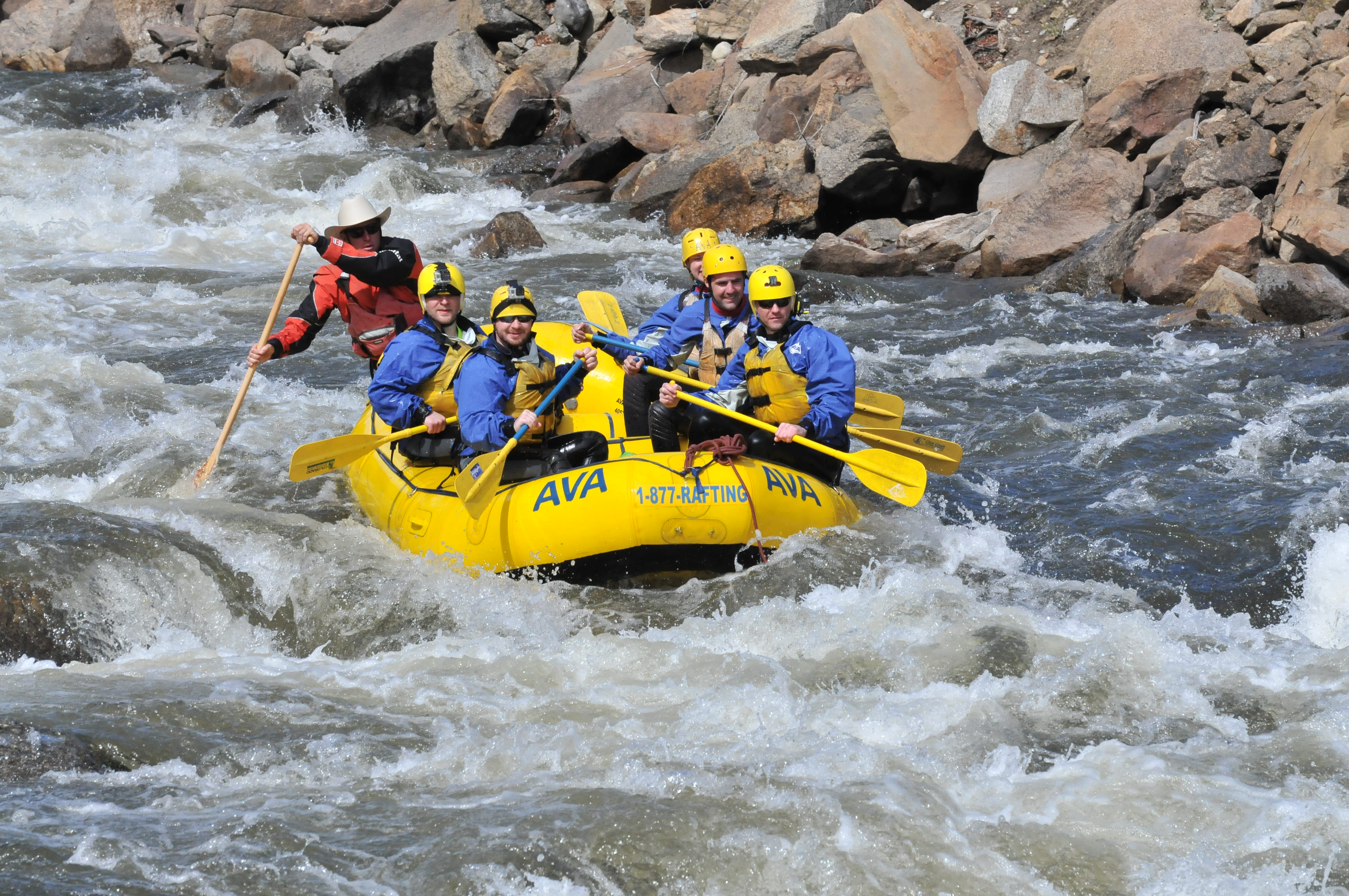
The Different Classes Of Rapids Explained

Whitewater Rafting Rapid Classes Demystified Youtube

Guide To Rapid Classification With Pictures Video Voyageur Tripper

White Salmon River Class Iii Iv Rafting Youtube

Class 3 White Water Rafting Colorado Kodi Rafting

The Different Classes Of Rapids Explained

Tongariro River Rafting Grade 3 Whitewater Youtube

Video Whitewater Rafting On The Wolf River Youtube

Whitewater Rafting Classes Of Rapids Boring To Scary Paddle Camp

Class Iii Rapids Fun Class Vi Rapids Death The Active Times
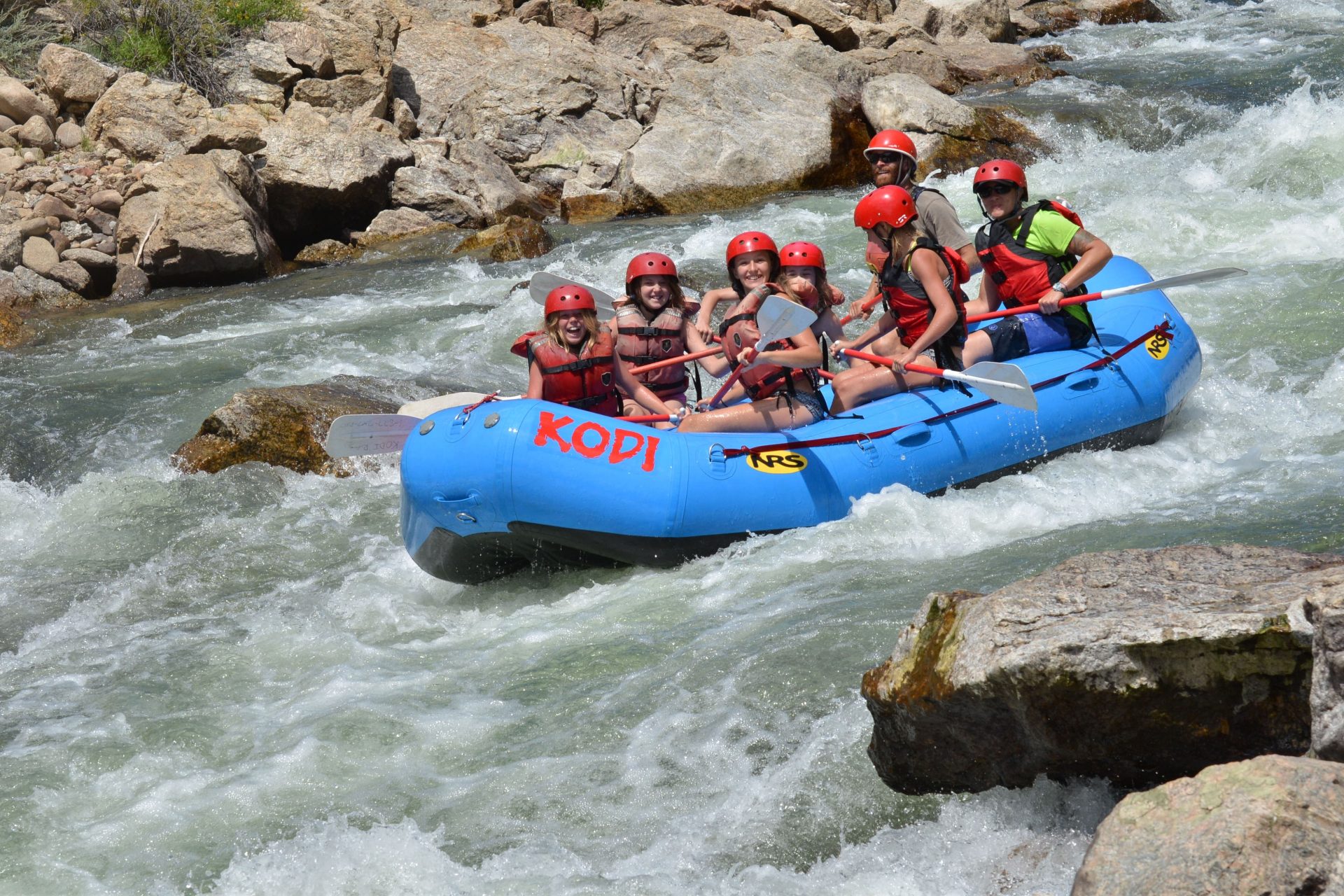
Class 3 White Water Rafting Colorado Kodi Rafting

White Water Rafting Levels At Level
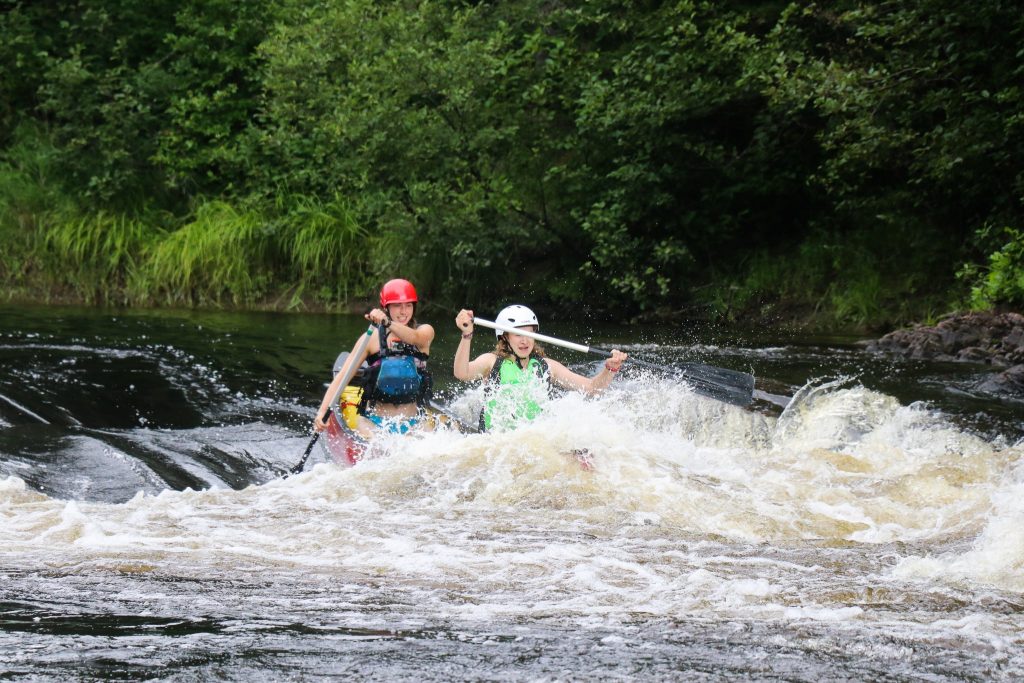
Guide To Rapid Classification With Pictures Video Voyageur Tripper
